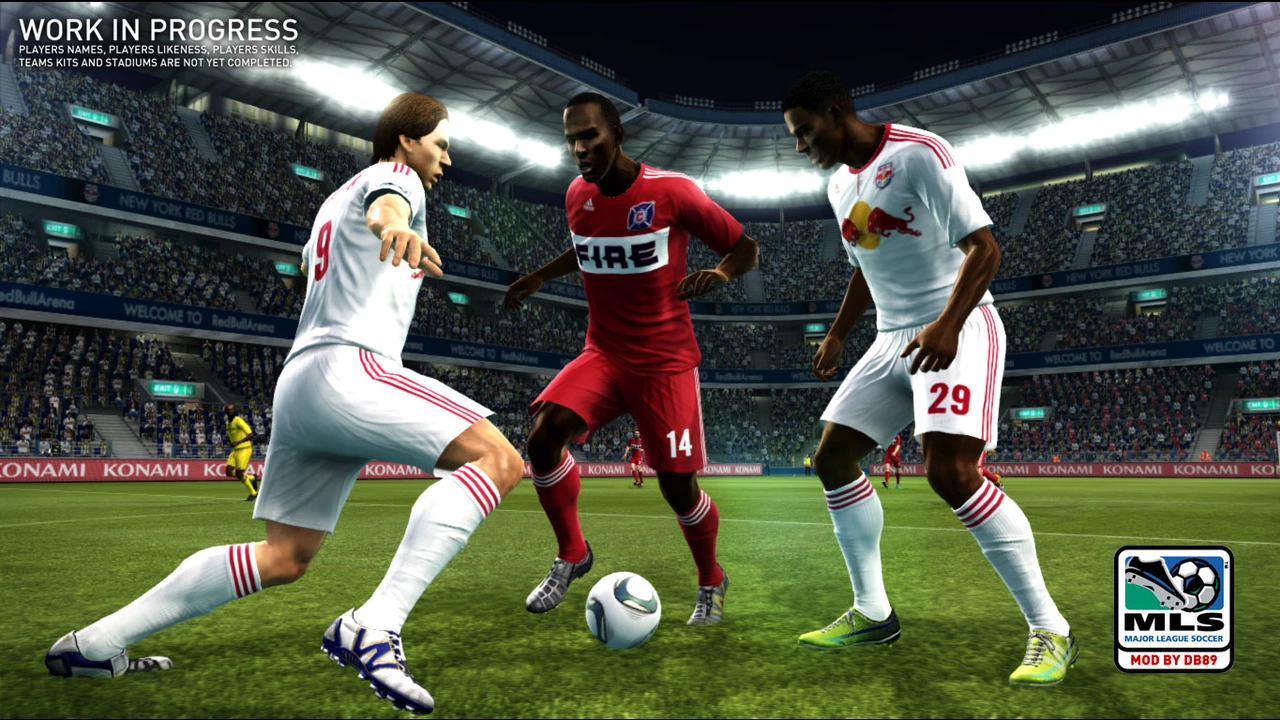Soccer League Structure: A Simple Guide to the Football Pyramid
If you’ve ever wondered why some clubs can jump from obscurity to the top tier while others stay stuck, the answer lies in the soccer league structure. It’s basically a giant pyramid where each level connects to the one above and below. Understanding this set‑up helps you follow your local team and see the bigger picture of English football.
What the Levels Look Like
At the very top sits the Premier League – the 20‑team showcase we all watch on TV. Below that is the English Football League (EFL) with three divisions: the Championship, League One, and League Two. Drop another step and you enter the National League System, which starts with the National League (formerly the Conference) and splits into regional leagues like the National League North and South.
From there it fans out into dozens of regional divisions – the Isthmian, Southern, and Northern Premier leagues, followed by many county leagues. Each step down means smaller stadiums, fewer TV deals, and more local rivalries, but the basic rules stay the same: clubs can move up or down based on performance.
Promotion and Relegation in Plain English
Promotion is the reward for finishing near the top of your division. In the Premier League, the top three teams from the Championship move up each season. The bottom three in the Premier League go down to the Championship – that’s relegation. The same idea repeats at every level, though the exact number of spots can vary.
Play‑offs add drama. For example, teams placed 3rd‑6th in League One fight for the final promotion slot. It means a club that barely missed automatic promotion still has a shot, keeping the season exciting right up to the last game.
Relegation works backwards. If a club finishes at the bottom of the National League, it drops into one of the regional leagues. The system ensures that performance, not money alone, decides where a team belongs.
Why the Structure Matters to Fans
For non‑league supporters, the pyramid offers a clear path to the big leagues. A tiny town club can, theoretically, climb all the way to the Premier League if they keep winning and meet stadium standards. That possibility fuels local passion and drives community involvement.
It also makes every match matter. Even a mid‑table game can affect promotion hopes or relegation battles. That intensity is why you’ll hear fans chanting about “the league structure” when a rival slips down a division.
Key Things to Watch
When following a club, keep an eye on three things: league position, points gap to promotion or relegation zones, and any licensing requirements (like stadium capacity). Some clubs finish high but can’t move up because their ground doesn’t meet the higher league’s standards.
Another piece is the financial side. Moving up brings more TV money and sponsorship, while dropping down can hit a club’s budget hard. That’s why many clubs invest heavily to stay clear of relegation.
Finally, stay aware of cup competitions. Winning the FA Trophy or the National League play‑offs can give a boost, but the league remains the main route for climbing the pyramid.
Bottom line: the soccer league structure is a living, breathing framework that links the world’s most famous clubs with the smallest local sides. Knowing how it works lets you appreciate every goal, every point, and every season a little more. So next time you hear “promotion race” or “relegation battle,” you’ll know exactly why it matters.
Posted by
Caspian O'Reilly
0 Comments

Alright, fellas, let's dive into the thrilling world of two-stage soccer leagues. It's like your regular league, but with an exciting plot twist! So, first things first, all teams compete against each other in a round-robin format - they all get a taste of each other's skills. Then, hold onto your hats, because the second stage is where it gets real! The teams are typically split into two groups, based on their performance. Imagine it as the 'soccer version' of separating the wheat from the chaff! The top teams fight for the title, while the others battle to avoid relegation. It's a rollercoaster of football drama, folks!
read more